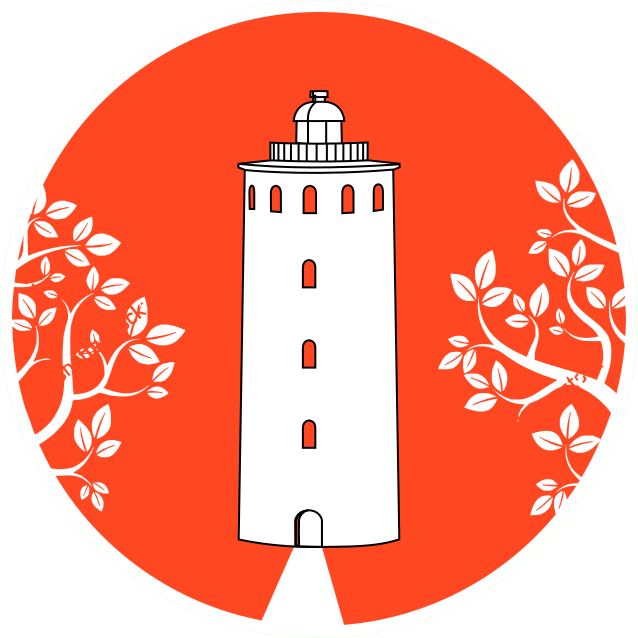Some news from the Baltic Green Belt Information tour again, today from the port of Roja in Latvia on the coast of the Gulf of Riga. Had a wonderful excursion today with schoolchildren out to the Baltic Sea to study Green Belt marine life. It tells sad stories about water pollution (many species that "should" be there are missing), but also about biodiversity. The sea bottom off Roja was full of undersea reefs with barnacles and polychaetes and the water filled with huge swarms of tiny copepods and other crustaceans. Once discovered (they're sooooo small) they are nothing less than a great attraction, especially under the microscope. Our excursions with activists, officials, university and school students as well as journalists in Liepaja and Ventspils on Latvia's west coast a few days ago yielded evenly attractive polychaetes and other marine life of sandy seabottoms - and lots of new contacts to people, organizations and local authorities. Especially Liepaja boasts an enormous military heritage besides the natural beaches and dunes north and south of the city. Liepaja's old and now largely defunct military port area is simply impressive. Slowly but surely huge concrete blocks of walls and bunkers are giving way to nature again, but even today - two decades after they ceased to function for military purposes - they tell an appaling story of their deadly iron curtain legacy. You can now walk along and climb on them as if they were rocks by the sea, but they're still an obvious and highly valuable historical monument showing more than 100 years of military heritage that culminated in iron curtain times with large closed and semi-closed zones and more or less pronounced military control of essentially the whole coastal strip of today's Baltic countries. In Lithuania we had port stops on the Curonian Spit and in Rusne village in the Nemunas delta. We did some dredging in the adjacent lagoon with officials and activists from Rusne and had talks and a small excursion through the village with our local hosts: A simply magnificent riverine landscape right next to the Russian border with one of the few watchtowers that might still be in use along the Green Belt. However, nobody knows if the border troups still use it, at least not on the Lithuanian side. Around the tower, large flocks of black terns were circling over the river, catching dragonflies and small fish.
We'll head for Kuressaare on Saaremaa Island in Estonia in about an hour, our last stop on the tour. A huge thanks to our Green Belt partners - old and new - in all places we visited so far! Without your assistance, information and hospitality, the tour wouldn't have been the success it has been.
Jörg Schmiedel

